The gentle rhythm of hoofbeats, the warm breath of a 1,000-pound companion, and the silent understanding that flows between human and horse—these elements form the foundation of equine-assisted therapy, an increasingly recognized approach to mental health treatment. For centuries, horses have served humanity as transportation, agricultural workers, and companions. Today, these majestic animals are taking on a new role as therapeutic partners, helping people overcome trauma, anxiety, depression, and numerous other psychological challenges. The unique relationship between horses and humans creates a powerful context for healing, personal growth, and emotional development that traditional therapy settings sometimes cannot provide. This article explores the fascinating intersection of equine behavior and human psychology, examining how and why horses have become valuable allies in the quest for mental wellness.
The Historical Evolution of Equine Therapy
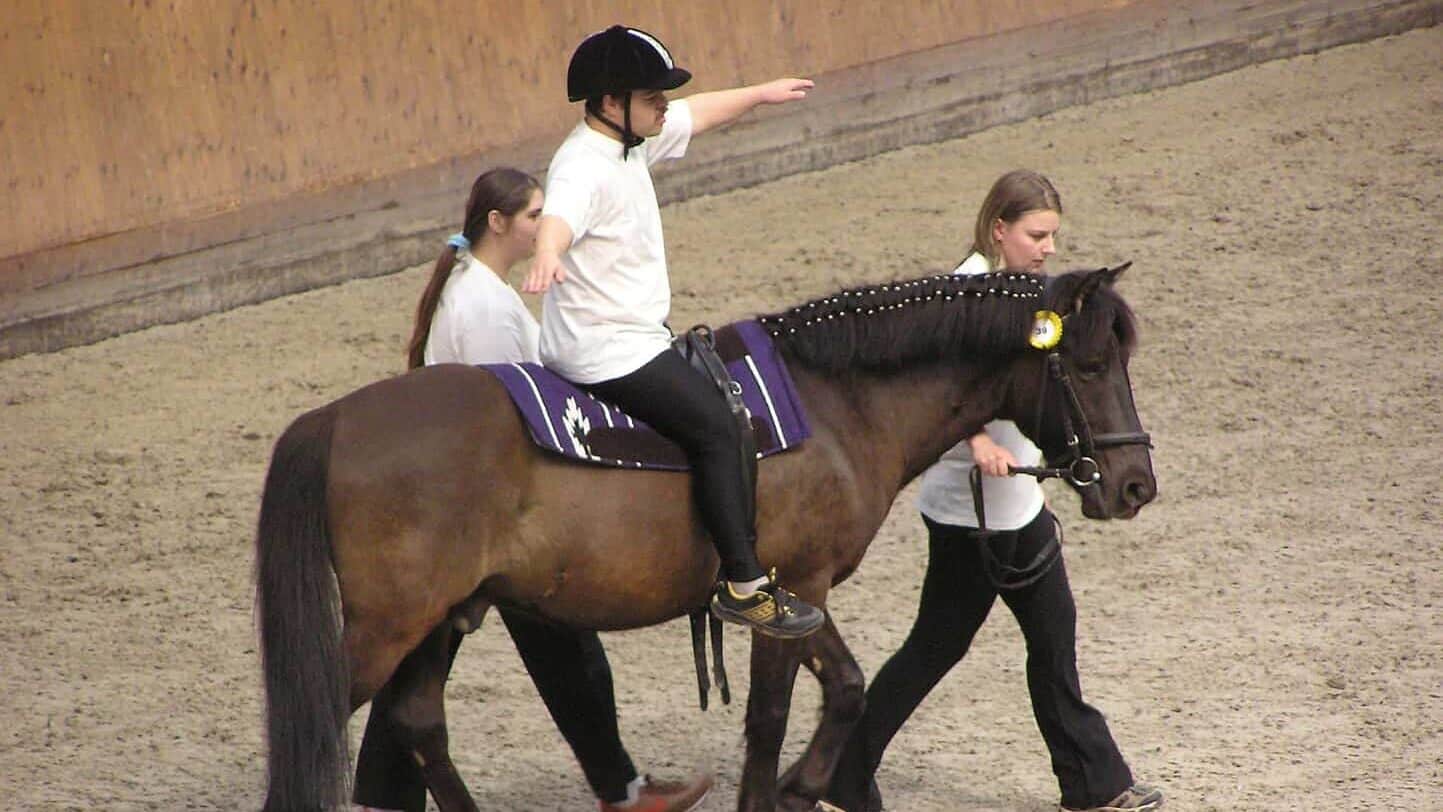
While formalized equine-assisted therapy programs are relatively recent developments, the therapeutic relationship between horses and humans dates back thousands of years. Ancient Greek texts from as early as 400 BCE mention the therapeutic riding of horses, with Hippocrates notably discussing the “healing rhythm” of horseback riding. By the 17th century, physicians were recommending horseback riding to address various ailments, including psychological distress and melancholy.
The modern era of equine therapy began in earnest after World War II, when horses were used to help rehabilitate injured veterans. By the 1960s, therapeutic riding centers began appearing across Europe and North America, initially focusing on physical rehabilitation before expanding to address psychological needs. Today, organizations like the Professional Association of Therapeutic Horsemanship International (PATH Intl.) and the Equine Assisted Growth and Learning Association (EAGALA) have established standardized approaches and certification programs, legitimizing equine therapy as a recognized mental health intervention with distinct methodologies and applications.
Why Horses Make Ideal Therapy Animals

Horses possess unique characteristics that make them particularly well-suited for therapeutic work. As prey animals, they have evolved highly sensitive awareness of their surroundings and the emotional states of others—a survival mechanism that allows them to detect potential threats. This sensitivity enables horses to respond instantly and honestly to human emotional states, providing immediate feedback without judgment. Unlike humans, horses don’t hide their reactions behind social niceties or pretense; they simply respond to what they perceive.
Additionally, horses are herd animals with complex social structures that mirror certain aspects of human social dynamics. They establish hierarchies, boundaries, and relationships within their groups, creating opportunities for humans to observe and learn about social interaction. Their large size also introduces an element of vulnerability for clients, requiring trust-building and confidence development. This combination of sensitivity, honesty, social sophistication, and imposing physical presence creates a therapeutic environment that few other animals can provide, making horses uniquely effective partners in mental health treatment.
Different Models of Equine-Assisted Therapy
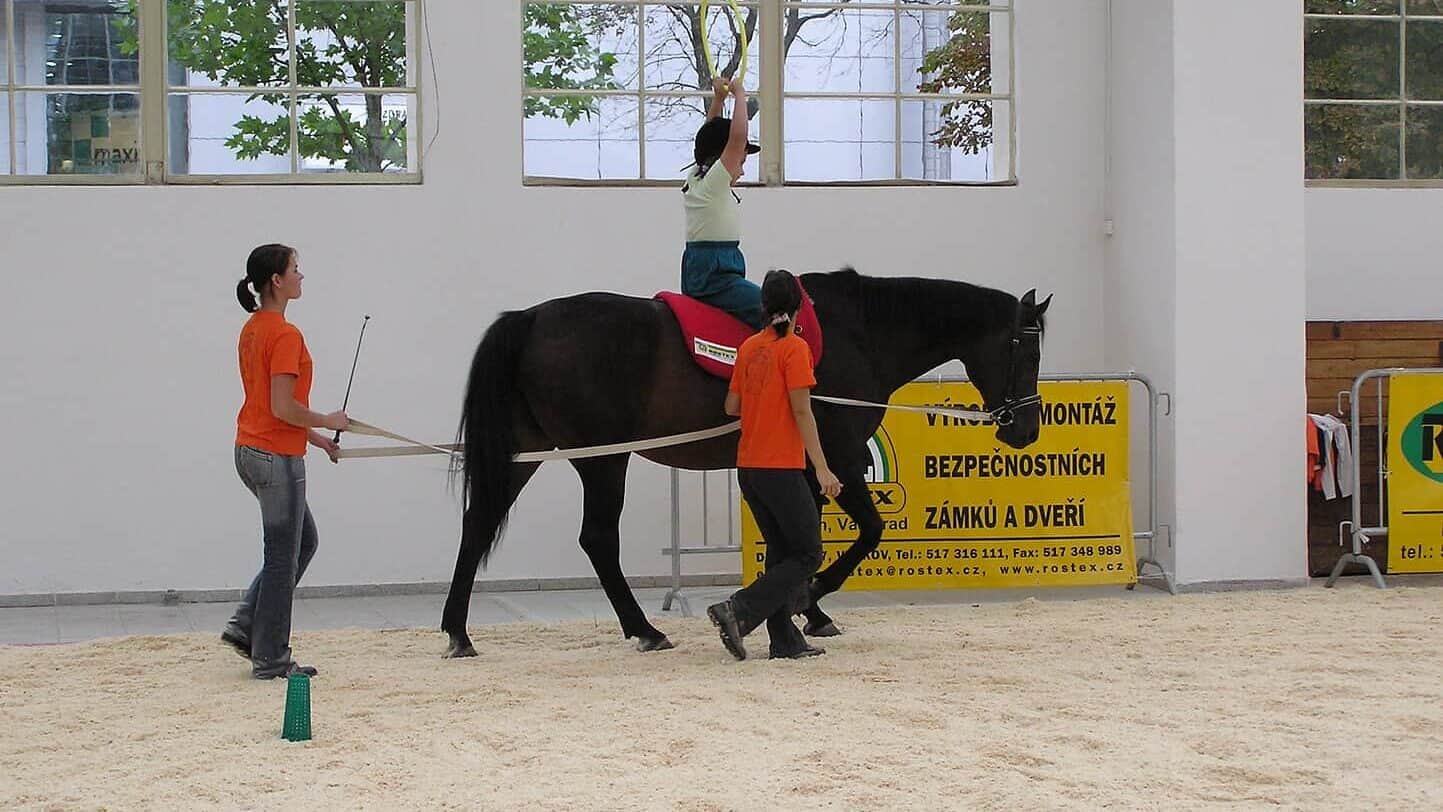
The field of equine-assisted interventions encompasses several distinct approaches, each with its own methodology and focus. Equine-Assisted Psychotherapy (EAP) typically involves a mental health professional and an equine specialist working together to facilitate ground-based activities (not riding) with horses that address specific therapeutic goals. The EAGALA model, one of the most widely recognized approaches, strictly follows this non-riding format, using the horse as a metaphorical tool to help clients recognize patterns in their lives and develop new coping strategies.
Therapeutic riding, in contrast, involves mounted activities under the guidance of a certified instructor. Hippotherapy, yet another approach, utilizes the movement of the horse as a treatment strategy administered by licensed healthcare professionals such as physical therapists, occupational therapists, or speech-language pathologists. Equine-facilitated learning (EFL) focuses on educational and personal development goals rather than clinical mental health objectives. These various models offer flexibility in addressing different client needs, from trauma processing to anxiety management to social skills development, making equine therapy adaptable to diverse populations and treatment objectives.
Psychological Benefits of Equine Therapy

Research and clinical experience have demonstrated numerous psychological benefits of equine-assisted interventions. For individuals with anxiety disorders, the horse’s sensitivity to emotional states creates opportunities to practice emotional regulation; the client learns that controlling their own anxiety is necessary to keep the horse calm and responsive. For those with trauma histories, horses provide a safe way to rebuild trust, as the animal’s nonjudgmental presence allows for vulnerable connection without fear of betrayal or manipulation that might be associated with human relationships.
People with depression often experience improved mood through the physical activity, outdoor environment, and sense of accomplishment that comes with horse interaction. Those with attention deficit disorders find that horses require focused attention and present-moment awareness, helping to develop concentration skills. Individuals on the autism spectrum frequently connect with horses in ways they struggle to connect with people, possibly due to the straightforward, nonverbal nature of equine communication. Across various psychological challenges, the consistent theme is that horses create a unique therapeutic environment that catalyzes emotional growth and healing in ways traditional office-based therapy sometimes cannot achieve.
Equine Therapy for Trauma and PTSD

Trauma and post-traumatic stress disorder (PTSD) represent one of the most researched areas of equine therapy application, with particularly promising results. Veterans programs like “Horses for Heroes” have demonstrated significant reductions in PTSD symptoms among military personnel who participate in equine-assisted activities. The hypervigilance that often plagues trauma survivors mirrors the natural alertness of horses, creating a point of connection and understanding. Through working with these sensitive animals, clients can externalize and process their trauma responses in a tangible, experiential way.
A 2018 study published in the Journal of Clinical Psychology found that participants in an equine-assisted therapy program for PTSD showed significant decreases in symptoms and increases in mindfulness and emotion regulation compared to a waitlist control group. The physical presence of the horse also provides opportunities for safe touch and physical connection, which can be healing for trauma survivors who may struggle with physical boundaries or dissociation from bodily sensations. The rhythmic movement of riding or even grooming a horse can help regulate the nervous system, potentially addressing the physiological dysregulation often seen in trauma survivors.
Children and Adolescents in Equine Therapy
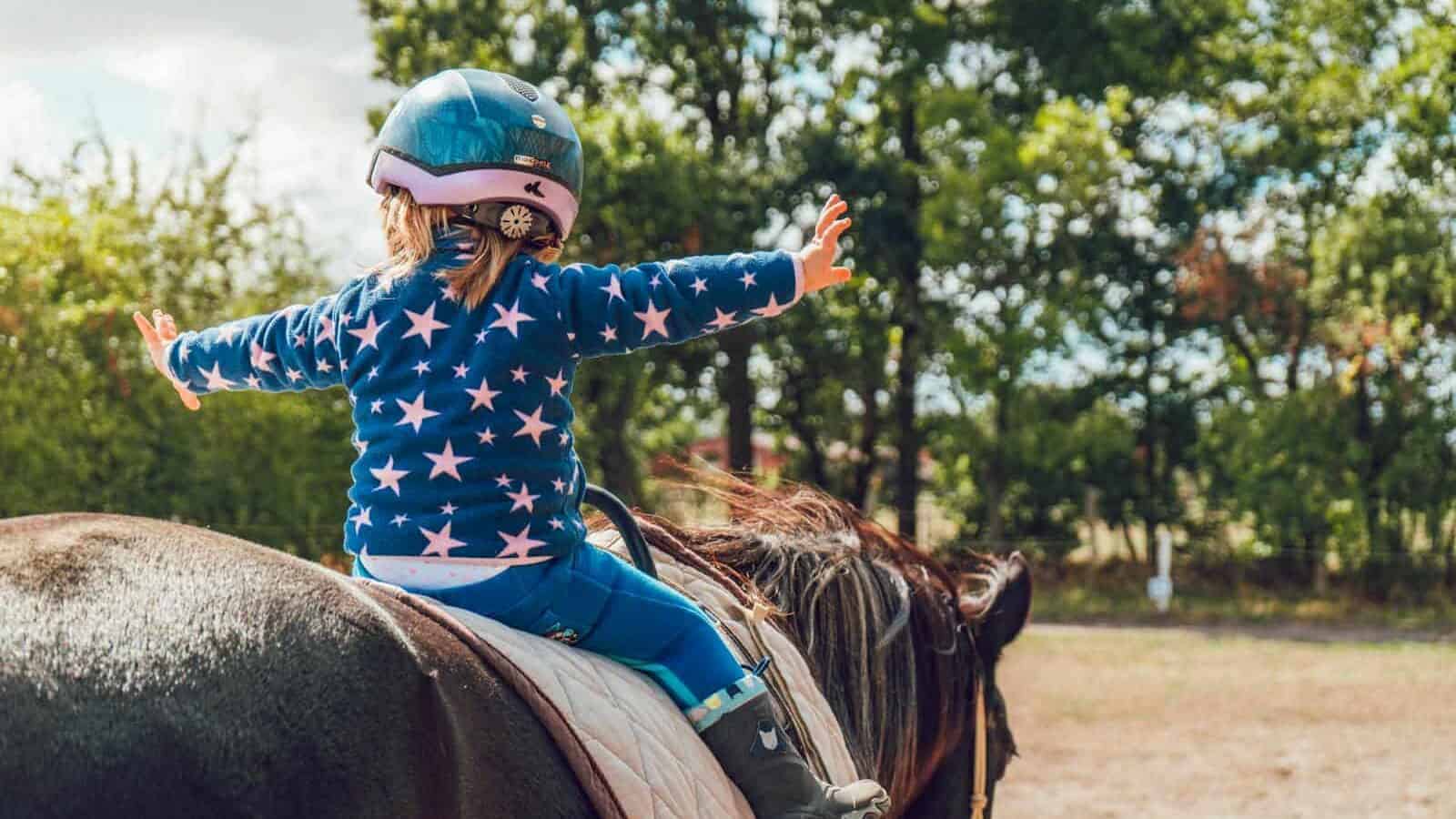
Children and adolescents often respond particularly well to equine-assisted interventions, partly because the novelty and adventure of working with horses naturally engages young people who might resist traditional talk therapy. For children with behavioral issues, the immediate and honest feedback from horses helps them understand how their actions affect others in a non-confrontational way. When a child acts aggressively or impulsively, the horse typically moves away, teaching natural consequences without adult lecturing or punishment. Conversely, when the child demonstrates calm, assertive behavior, the horse responds positively, reinforcing prosocial skills.
Adolescents, who often struggle with identity formation and independence, can develop confidence and leadership skills through mastering horsemanship challenges. The responsibility of caring for a large animal also promotes empathy and awareness of others’ needs. For youth with histories of abuse or neglect, the unconditional acceptance from horses provides a corrective emotional experience. A 2019 systematic review in the International Journal of Adolescent Medicine and Health found that equine-assisted interventions for at-risk youth were associated with improvements in self-esteem, empathy, and social skills, suggesting this approach may be particularly valuable for vulnerable young populations.
Equine Therapy in Addiction Recovery

The addiction treatment field has increasingly incorporated equine therapy into comprehensive recovery programs, recognizing its unique benefits for individuals struggling with substance use disorders. Horses require consistent, honest interaction—qualities that addiction often erodes in human relationships. Through developing relationships with horses, clients in recovery can practice rebuilding trust, honesty, and reliability. The mindfulness required when working around large animals also helps individuals stay present rather than engaging in the avoidance and escapism that characterize addictive behavior.
Several residential treatment centers have reported that including equine therapy in their programs improves retention rates and treatment outcomes. A study published in Addiction Science & Clinical Practice found that participants in an equine-assisted therapy program demonstrated increased emotional awareness and improved impulse control compared to standard treatment alone. The physical activity involved in horse care and riding also stimulates natural endorphin production, potentially helping address the neurochemical imbalances that occur during early recovery. Additionally, many in recovery report that caring for horses gives them a sense of purpose and responsibility that supports their sobriety journey.
The Science Behind Equine-Human Interaction
Recent scientific advances have begun to illuminate the physiological mechanisms underlying the therapeutic effects of human-horse interaction. Studies measuring cortisol levels (a stress hormone) have found significant reductions following equine-assisted activities, suggesting these interventions help regulate the body’s stress response systems. Research using heart rate variability (HRV) measurements has demonstrated that human and horse heart rhythms can synchronize during positive interactions, potentially explaining the calming effect many people experience around horses.
Neuroimaging studies have shown that human-animal bonding activates oxytocin pathways in the brain similar to those involved in human attachment relationships. This “bonding hormone” promotes feelings of trust and connection while reducing anxiety. The rhythmic movement of horseback riding has also been shown to stimulate the vestibular system, which has connections to emotional regulation centers in the brain. Additionally, working with horses typically occurs outdoors in natural settings, introducing benefits associated with nature exposure, including reduced rumination and improved mood. While more research is needed, these emerging findings suggest multiple physiological pathways through which equine interactions may benefit mental health.
Equine Therapy for Neurodivergent Individuals
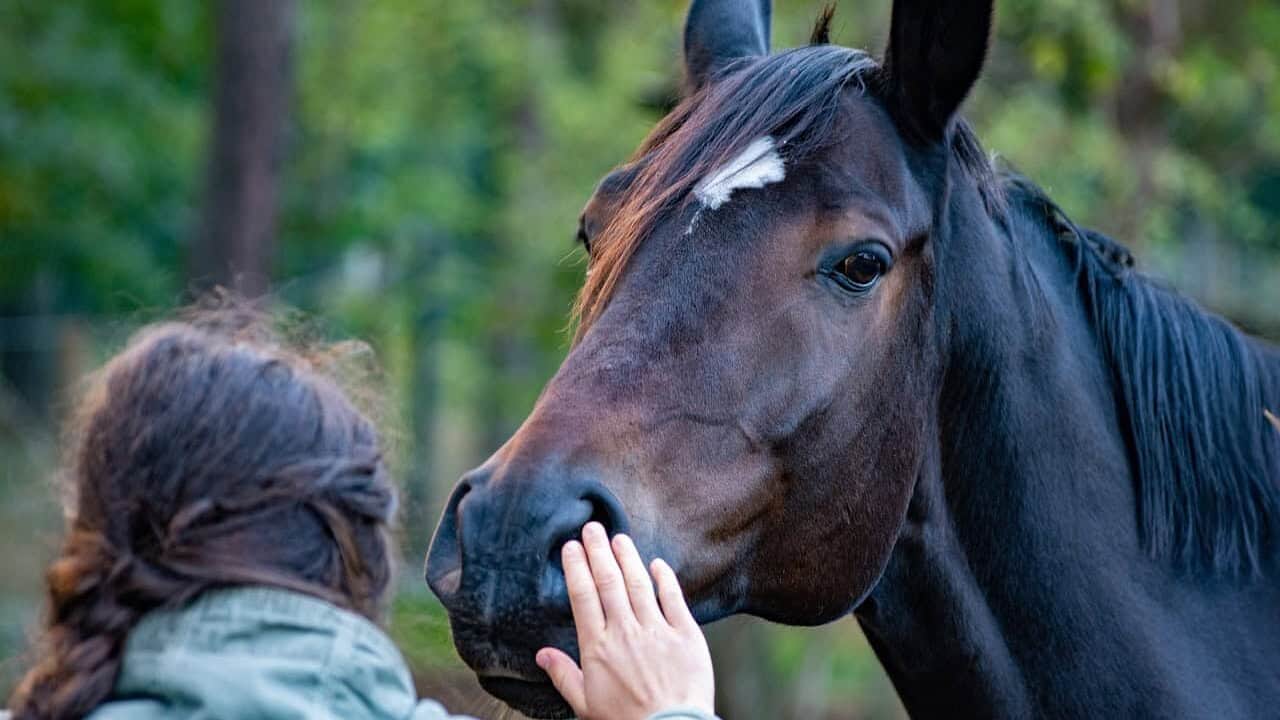
Equine-assisted activities have shown particular promise for individuals with various neurodevelopmental conditions, including autism spectrum disorder, attention-deficit/hyperactivity disorder, and learning disabilities. For people on the autism spectrum, horses provide clear, consistent nonverbal communication that can be easier to interpret than complex human social cues. The sensory experience of being around horses—from their rhythmic movements to their distinct smell and the varied textures of their coats—offers valuable sensory integration opportunities in a naturally motivating context.
For individuals with ADHD, the structured routines of horse care combined with the need for present-moment focus can help develop attention regulation skills that transfer to other environments. Research published in the Journal of Autism and Developmental Disorders found improvements in social functioning among children with autism who participated in therapeutic horseback riding programs. Similarly, studies with ADHD populations have shown improvements in executive functioning following equine-assisted interventions. These benefits may stem from the unique combination of structure, sensory input, physical activity, and social engagement that equine activities provide, making them particularly well-suited to the needs of neurodivergent individuals.
Training and Certification for Equine Therapy Professionals
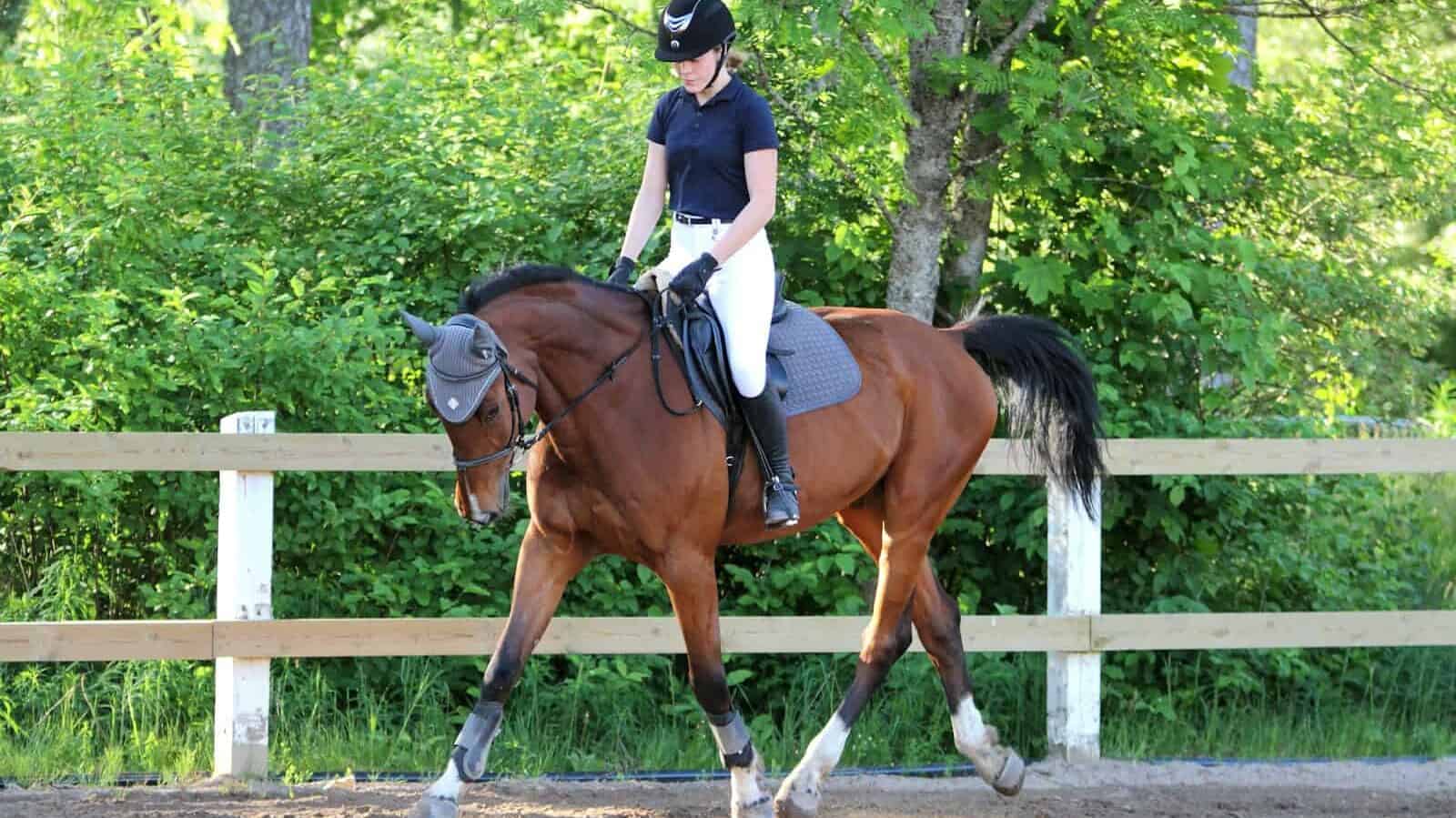
The growing recognition of equine-assisted therapy has led to the development of comprehensive professional standards and certification programs. Organizations like PATH International, EAGALA, and the Certification Board for Equine Interaction Professionals (CBEIP) offer structured training pathways and credentials for practitioners. These typically require extensive education in both horsemanship and human services, along with supervised practice hours, written examinations, and skills demonstrations to ensure competency in both equine management and therapeutic facilitation.
Mental health professionals who incorporate equine-assisted methods typically hold licenses in their primary discipline (such as counseling, social work, or psychology) and then obtain additional specialized training in equine-assisted interventions. Equine specialists who partner with therapists generally need demonstrated expertise in horse behavior, safety protocols, and facilitation techniques. The dual expertise required—understanding both human psychology and equine behavior—makes this a uniquely challenging field that demands significant investment in professional development. Prospective clients are encouraged to verify that practitioners hold appropriate credentials from recognized organizations to ensure they receive safe, ethical, and effective treatment.
Challenges and Considerations in Equine Therapy
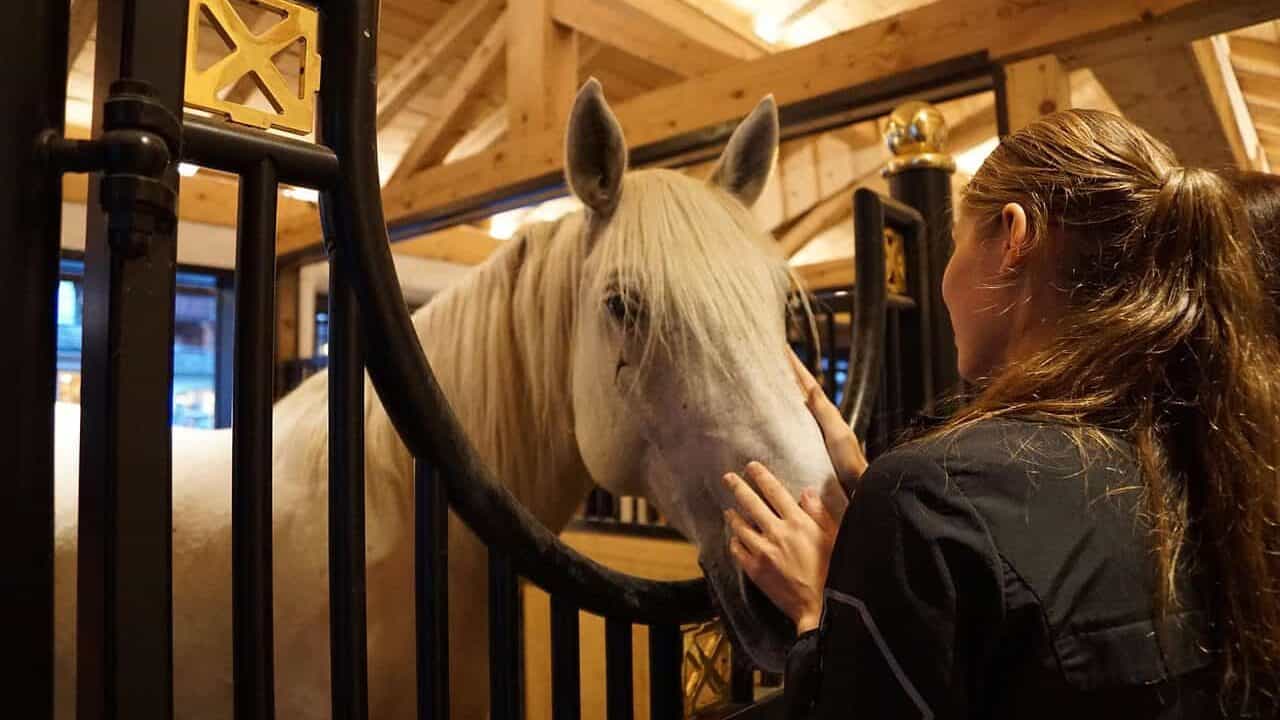
Despite its many benefits, equine-assisted therapy faces several challenges and limitations. Cost represents a significant barrier, as maintaining horses and appropriate facilities is expensive, often resulting in higher session fees than traditional therapy. Insurance coverage for these interventions remains inconsistent, though advocacy efforts continue to expand reimbursement options. Accessibility presents another challenge, as equine therapy facilities are typically located in rural or suburban areas, potentially limiting access for urban populations or those without reliable transportation.
Safety considerations are paramount when working with large animals, requiring careful screening of clients and horses to ensure appropriate matches. Weather and seasonal factors can impact the consistency of treatment, particularly in regions with extreme climates. Additionally, the research base, while growing, still lacks the large-scale randomized controlled trials that would definitively establish efficacy for specific conditions. Critics also point to the potential for anthropomorphizing horse behavior or over-interpreting equine responses in ways that might reflect therapist bias rather than genuine therapeutic insight. These challenges highlight the importance of responsible implementation, continuous professional development, and ongoing research to strengthen the evidence base for equine-assisted interventions.
The Future of Equine-Assisted Mental Health Interventions

The field of equine-assisted mental health appears poised for continued growth and evolution in the coming years. Technological advances are beginning to influence the field, with some programs utilizing wearable biofeedback devices that measure physiological responses during horse interactions, providing objective data to complement subjective experiences. Research methodologies are becoming more sophisticated, with larger sample sizes and more rigorous designs that will help establish which specific equine interventions work best for particular populations and conditions.
Integration with conventional mental health systems is gradually increasing, with some hospital systems now referring patients to equine programs as complementary interventions. Educational institutions are developing specialized degree and certificate programs focused specifically on animal-assisted therapies, including equine specializations. As mental health treatment continues to embrace more holistic, body-oriented, and experiential approaches, equine-assisted interventions are likely to gain further legitimacy and incorporation into mainstream treatment options. The powerful combination of emerging scientific validation, growing professional infrastructure, and the timeless connection between humans and horses suggests this therapeutic approach will continue to develop as a valuable component of the mental health treatment landscape.
The therapeutic partnership between horses and humans represents a powerful intersection of ancient wisdom and modern psychological understanding. Through their unique combination of sensitivity, honesty, social sophistication, and imposing physical presence, horses create therapeutic opportunities that can catalyze profound healing and growth for people facing diverse mental health challenges. From veterans battling PTSD to children with autism, from adolescents struggling with behavioral issues to adults in addiction recovery, many populations have found valuable support through equine-assisted interventions. As research continues to illuminate the physiological and psychological mechanisms behind these benefits, and as professional standards continue to evolve, equine therapy will likely cement its place as a legitimate and effective complement to traditional mental health approaches. In a world increasingly dominated by technology and disconnection from nature, the healing potential of the human-horse bond offers a reminder of the profound ways in which our relationships with animals can support our psychological wellbeing and personal development.
- 10 Unique Animal Species That Can Only Be Found in the United States - August 15, 2025
- 10 Amazing Animals You Can Only Find in the United States - August 15, 2025
- 10 Times Tornadoes Flattened Entire Towns in the Midwest - August 15, 2025

